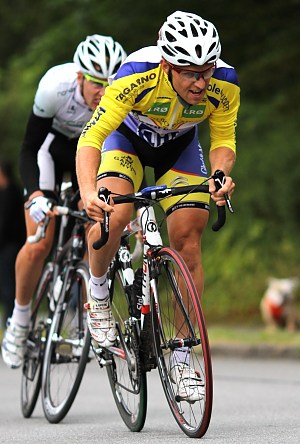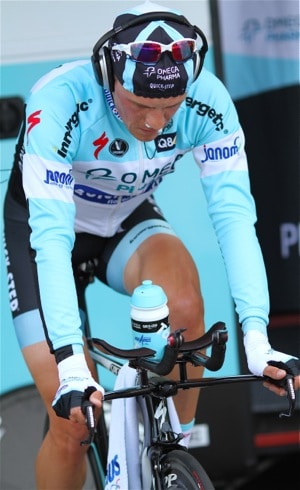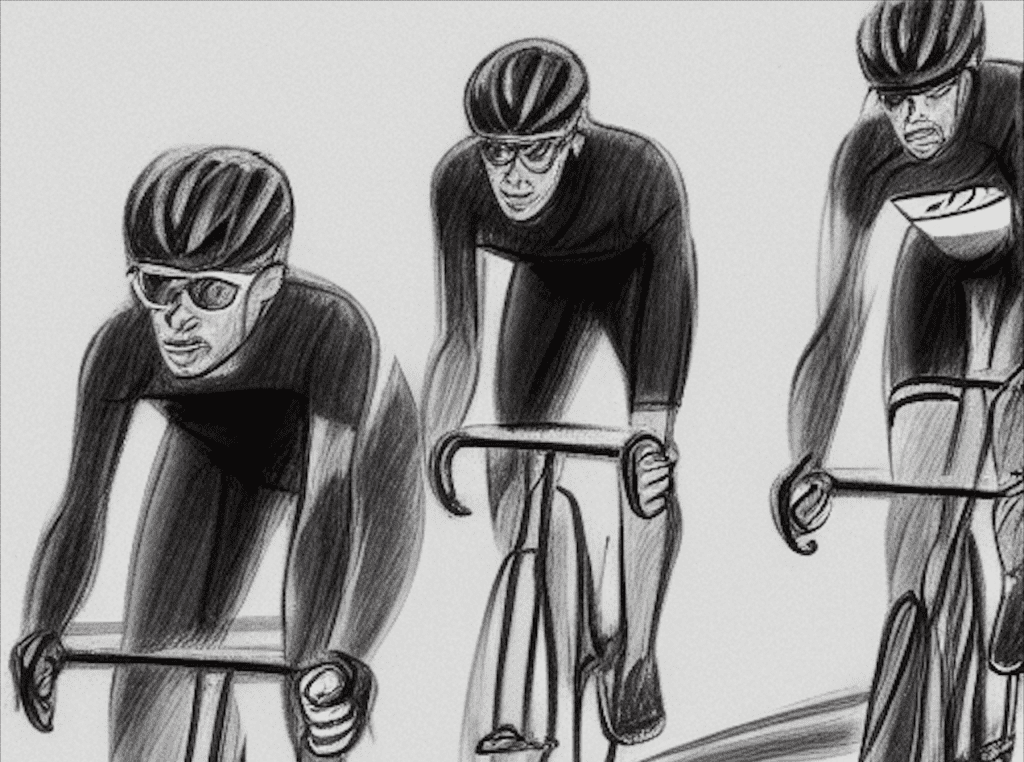Case Story: VO2 Max Power Increased 59W In 12 Weeks
I like the concept of power meter training. It makes it possible for me to convert my knowledge about exercise physiology to the best possible training for my riders. Let me show you an example that demonstrates what I talk about. Gonzalo Vilaseca from Spain is an experienced rider riding quite seriously the last three […]
Case Story: VO2 Max Power Increased 59W In 12 Weeks Read More »



